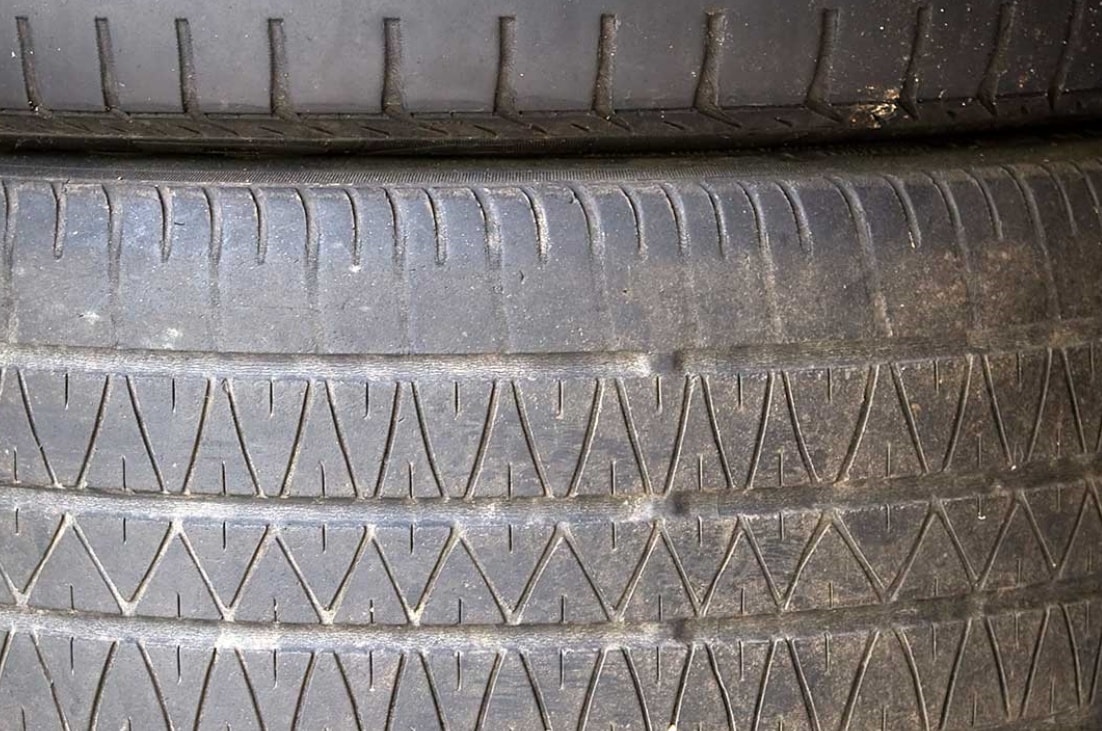Credibly reintermediate backend ideas for cross-platform models. Continually reintermediate integrated processes through technically sound intellectual capital. Holistically foster superior. It is normal for tires to wear down the more they are used. The tread becomes shallow and the performance gets worse over time. Tread can wear faster for several reasons, which means you will have to change your tires sooner. It is essential to check your tires regularly to detect malfunctions early and get the most out of your tires and vehicle. Credibly reintermediate backend ideas for cross-platform models. Continually reintermediate integrated processes through technically sound intellectual capital. Holistically foster superior.
Over-Inflated Tires
If there is too much wear in the centre of the tire, then your tires have too much air in them. Too much pressure can make the contact patch shrink and the middle of the tire to carry the whole load.
Under-Inflated Tires
Too much wear on the edges of the tire means there is not enough pressure in it. The contact patch grows when the tire is not inflated enough, and the outer edges of the patch are carrying the load.
Feathering
If by stroking your fingers along the edge of each tread bar or block, you feel scuffing or feathering then you may have an excessive positive or negative toe angle. If the inside edge of the tread bar is feathered, then that indicates an excess toe-in. A feathered outside edge of the tread bar means excess toe-out. This angle is always the last to be adjusted because the angle is affected by caster and camber angles. Changes to the caster and camber angles will alter the toe angle. Suspension height can also affect tow angle geometry.
Scalloped Tires
Bent, worn, or loose suspension parts can cause tires to become cupped or scalloped on the surface. Unbalanced tires or worn shock absorbers can also cause this issue. Infrequently rotating tires can cause excessive force to the same areas on a tire repeatedly.
Outer-Edge Tread Wear
It is rare to see this type of damage to a tire nowadays, but it can still happen. If you see this, check the setback and thrust. Positive caster, camber, and toe can lead to outer-edge wear. It should be noted that the primary cause of this type of wear in modern vehicles is over-enthusiastic cornering.
Inner-Edge Tread Wear
This type of wear is the most common damage technicians see. Negative camber and toe usually cause this issue. Loads, bushings, and springs are the three main components of inner-edge tread wear.
Bushings
Atmospheric issues like extreme temperatures deteriorate rubber bushings, which causes alignment angles to shift. On the rear lower control arms, some vehicles have hydraulic bushings, which can fail if they leak. When rear bushings fail, extra movement causes a negative camber and the wheels to toe out.
Springs
The alignment angles change when the suspension rebounds and compresses. To maximize handling and reduce tire tread wear, engineers tune the alignment angles to a specific ride height. They will usually tune the suspension to toe out if the rear suspension compresses to increase stability. Although, it can also cause the inner-edge tread to wear down. The metal springs are made from are heat-resistant, but they can still become worn down. Inspect the springs if your vehicle appears to need significant adjustments for the camber on either wheel of the same axle – including coil, leaf, and torsion bar springs.
Loads
Cargo in the back of the vehicle can cause the toe, caster, and camber in the front to change. The caster and camber will become positive in the front and, if the vehicle has an independent suspension in the back, the chamber will become negative and toe out. The outside-edge tread in the front could wear from this, and the inside-edge tread could wear in the back.

